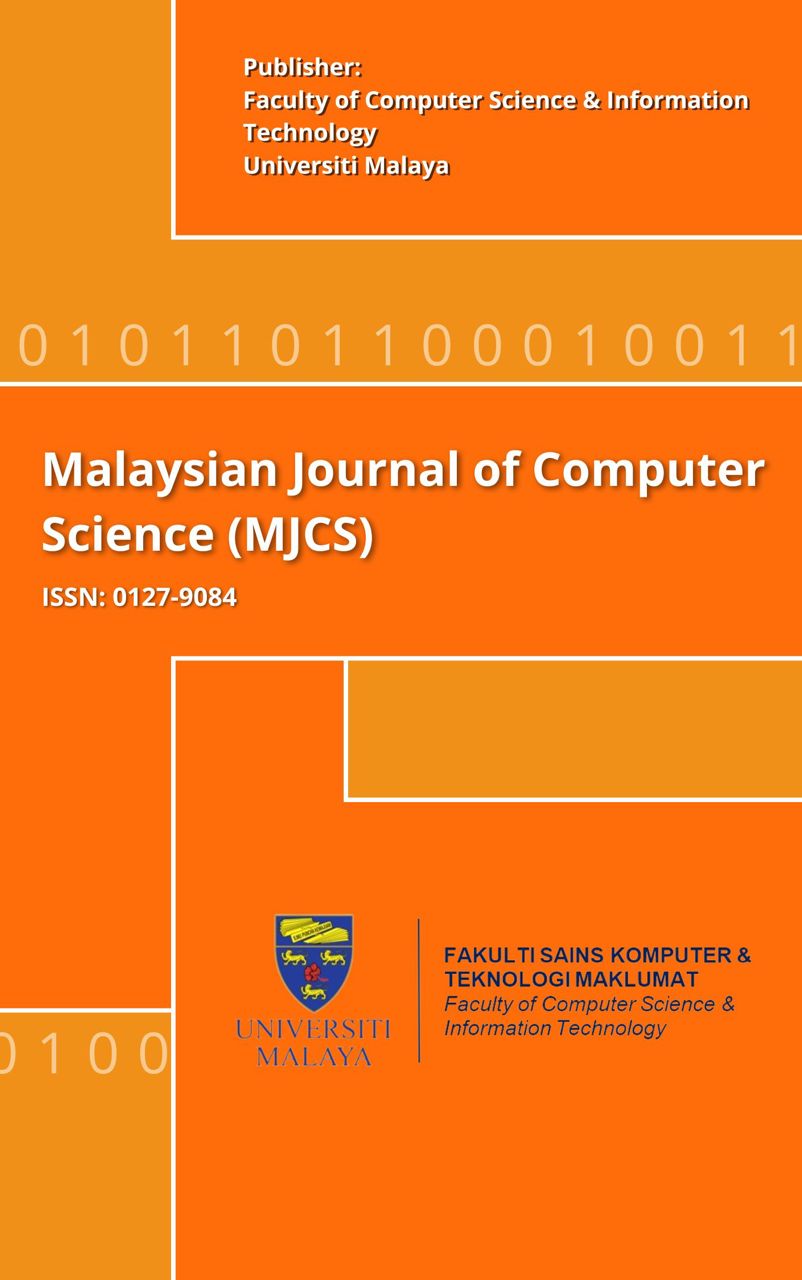HUMAN ACTIVITY RECOGNITION BASED ON DEVICE-FREE WI-FI SENSING: A COMPREHENSIVE REVIEW
Main Article Content
Abstract
Within the context of the current era’s research and advancement in technology, in recent years, the Internet of Things (IoT) has been consistent in the development of applications in several fields like smart cities, smart homes, smart grids, smart agriculture, and so on. Most of the existing research in human activity recognition relies on vision-based, wearable devices, object-tagged, and sensor-based approaches. Despite the superior performance of these approaches, a number of issues have arisen related to the invasion of privacy, light dependency, cost effectiveness, and feasibility. Moreover, these approaches require domain knowledge of different tasks, which may make them complicated for practical deployment. Wi-Fi technology, on the other hand, offers robust possibilities in indoor and outdoor environments for recognizing applications and, combined with a few significant features, makes it a far more attractive option compared to other sensing technologies. Hence, the device-free Wi-Fi-sensing approach is more practical in the smart home environment as it does not require the targeted human to have any device for day-to-day activities. This article’s contributions can be summarized as, first, providing primary knowledge on a wireless LAN, the Wi-Fi sensing model; second, sharing the findings of the comprehensive survey scrutinizing the latest developments in human activity or gesture recognition systems based on device-free Wi-Fi sensing systems; third, sharing the analysis of the limitations and key research challenges that need to be addressed in order to expand the device-free Wi-Fi sensing system; and lastly, a discussion and future directions of existing device-free Wi-Fi sensing techniques.
Downloads
Article Details

This work is licensed under a Creative Commons Attribution-ShareAlike 4.0 International License.
